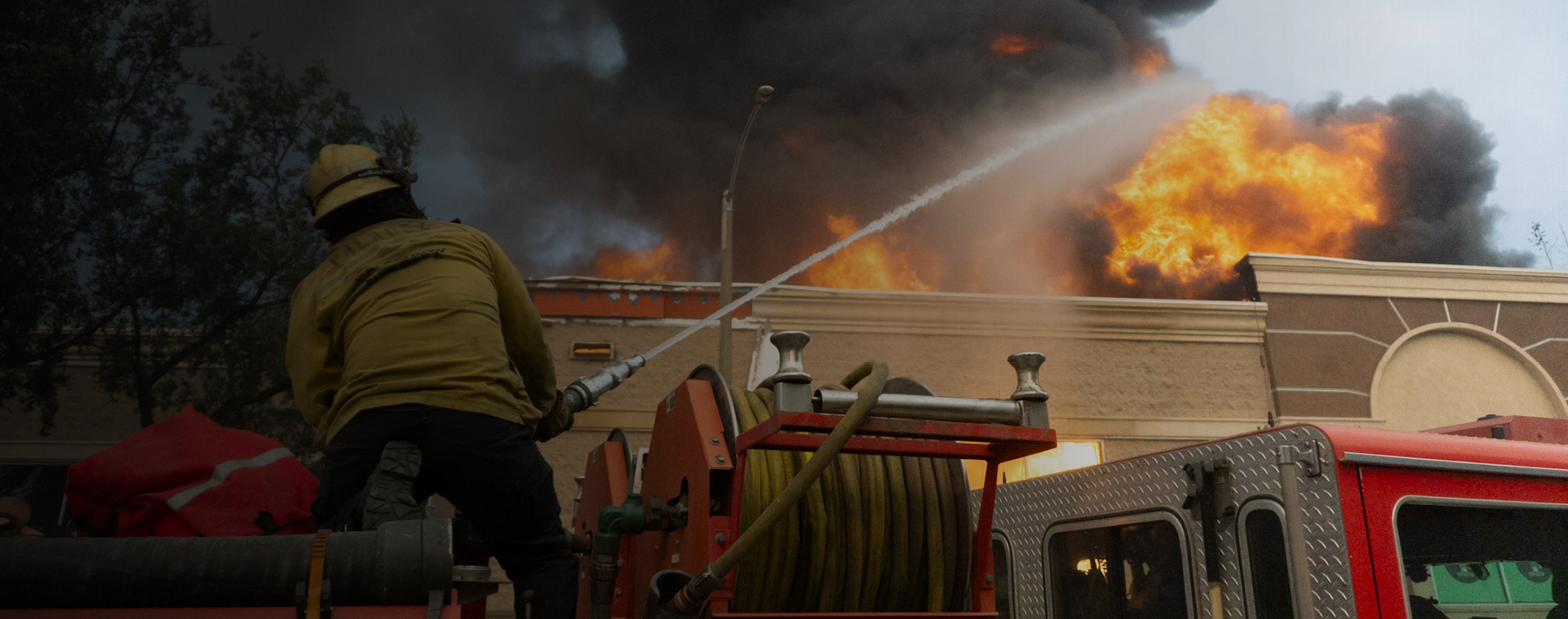From every tragedy come lessons learned. In public safety, this process is even more necessary; although we must first grieve for our fallen brothers and sisters, we must quickly recognize a second responsibility: to study what happened and identify steps to try to prevent it from happening again.
The tragic death of Whittier (Calif.) Police Officer Keith Boyer is a good example.
Even when responding to “routine” medical calls or traffic accidents, firefighters need to be aware of the potential for encountering violent individuals.
What does that mean for firefighter safety? We must maintain situational awareness at all times and expect the unexpected. And we must learn from incidents like this one because, as Gordon Graham says, “Predictable is preventable.”
First, a brief summary: On Feb. 20, 2017, Officers Keith Boyer and Patrick Hazell responded to the scene of a vehicle collision. There they encountered Michael C. Mejia, who had been recently paroled following a spate of sentences for drug crimes and violent acts. The officers didn’t know this when they approached the accident scene about 8 a.m., nor did they know Meija was driving a stolen car and was suspected of killing another man hours earlier in East Los Angeles.
But they did sense something was not right. Suspecting that Mejia could be affiliated with a gang because of his tattoos, the officers ordered him out of the car. They were searching him when he pulled a gun and shot them both, killing Boyer and seriously wounding Hazell. Meija was shot and wounded in the incident.
Who would have thought a routine traffic accident could result in one officer killed and another seriously injured? I’m certain they didn’t think so.
But besides simply an affinity for our brothers in blue, why should this incident be of concern to firefighters?
First, this could have easily been one of us. Often, firefighters and paramedics arrive first at accident scenes. When violent, irrational individuals are involved, we can easily become targets ourselves. But how many times do we respond on traffic accidents (or most any incident) without considering the potential for gunfire or other violent circumstances?
Second, there are factors in California and many places that contribute to an increased potential for first responders to encounter violent individuals. Following the incident, Whittier Police Chief Jeff Piper and L.A. County Sheriff Jim McDonnell pointed to statewide measures enacted in last seven years—Propositions 47 and 57, as well as Assembly Bill 109—as contributing factors. These measures reduced some drug and property crimes from felonies to misdemeanors; made sentencing guidelines more flexible; and moved some state prisoners to local facilities. All these measures, the law enforcement leaders said, have placed more criminals on the streets and jeopardized officer safety.
Many of those released need mental health resources, drug rehab or other behavioral health services. But with repeated budget cutbacks and prison overcrowding, often, they are simply released onto our streets without help. Most of them do not wish to harm us. But some do, and others may lash out while under the influence of drugs or suffering mental crises.
What does that mean for firefighter safety? We must maintain situational awareness at all times and expect the unexpected. And we must learn from incidents like this one because, as Gordon Graham says, “Predictable is preventable.”
For firefighters, that means reviewing your policies for responding to violent incidents, and discussing with your crew warning signs that may indicate a potentially violent individual. For fire chiefs, it means considering whether to equip your firefighters with body armor, and instilling a culture where firefighters know to back off and immediately call police if they suspect danger.
The world has changed dramatically over the past few years. Are your policies keeping up with these changes? How about foreseeable changes? Perhaps it’s a good time to evaluate and adjust. I’m sure Officers Boyer and Hazell would agree.
Lexipol’s Fire Policy Manual and Daily Training Bulletin Service provides essential policies to enhance the safety of firefighters in all areas of department operations. Contact us today to find out more.



